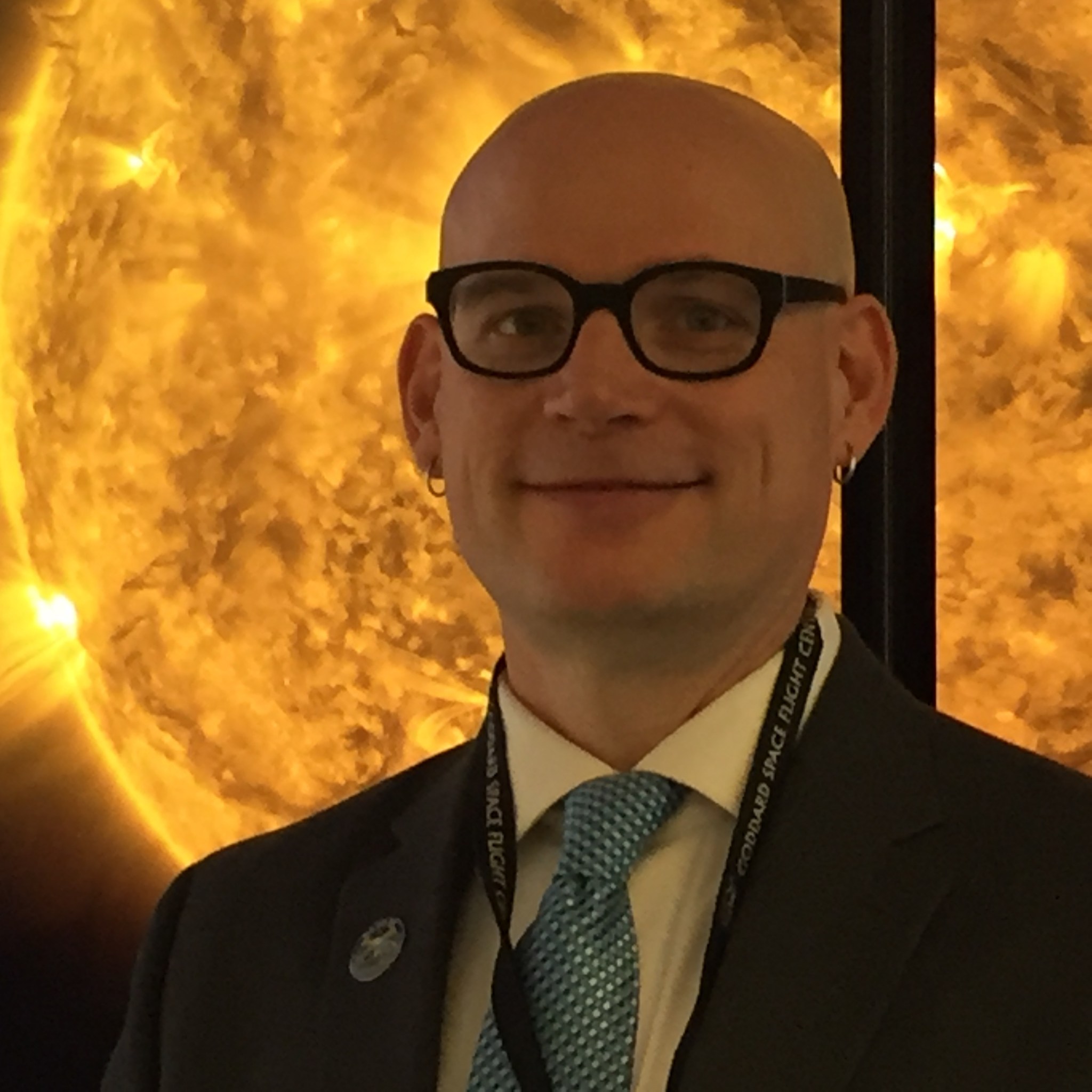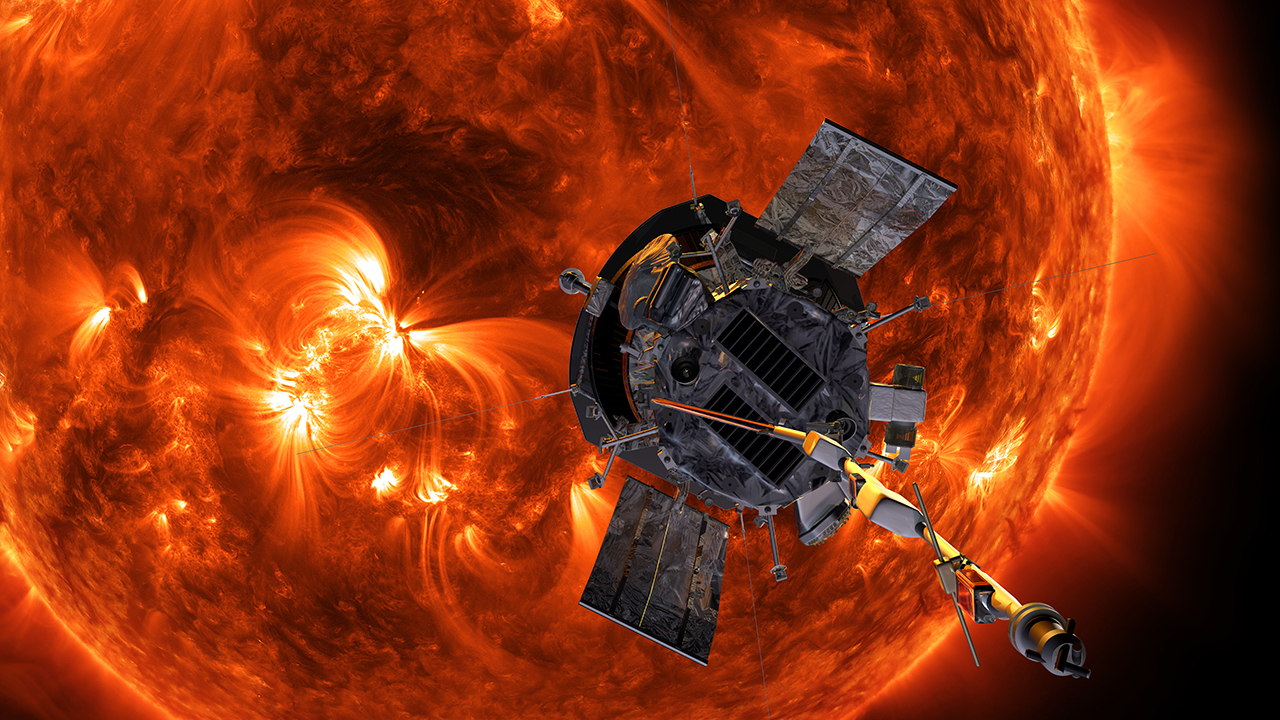The public is invited to a free talk called ‘The Science of Space: Heliophysics and the Parker Solar Probe,’ with Dr. C. Alex Young, Associate Director for Science, Heliophysics Science Division. The talk will occur in the Pickford Theater, third floor, Madison Building, 101 Independence Avenue SE, Library of Congress, Washington, D.C., on Thursday, Dec. 6 from 11:30 a.m. to 12:30 p.m. EST.
Young, who works at NASA’s Goddard Space Flight Center in Greenbelt, Maryland will discuss how NASA studies the Sun and how its constant outflow of magnetic fields and solar material influences the very nature of space, the atmospheres of planets, and human technology.
Heliophysics missions explore places never before visited—traveling through pockets of intense radiation, interstellar space, and right into the Sun itself.
Earlier this year, NASA launched the Parker Solar Probe, the first spacecraft in history to fly through the Sun’s inner corona. Dr. C. Alex Young will take the audience on a journey through the solar system, discussing how the Sun interacts at the largest and smallest scales, from complicated motions at the particle level to giant eruptions thousands of times bigger than the Earth.
Young is a speaker in the 2018 NASA Goddard Lectures Series at the Library of Congress. Earlier talks in the NASA series included the topics of space weather, improved global water security and sustainability, how Mars has changed over time, NASA’s Hubble Space Telescope and the upcoming James Webb Space Telescope.
The Library of Congress maintains one of the largest and most diverse collections of scientific and technical information in the world. The Library of Congress is the nation’s oldest federal cultural institution and the largest library in the world and holds nearly 151.8 million items in various languages, disciplines and formats. The library serves Congress and the nation both on-site in its reading rooms on Capitol Hill.
For inquiries about this or upcoming talks at the Library of Congress, the public can contact the library’s Science, Technology and Business Division at 202-707-5664. ADA accommodations should be requested five business days in advance at 202-707-6382 (voice/tty) or ada@loc.gov.
The lecture will be later broadcast on the library’s webcast page and YouTube channel “Topics in Science” playlist.
For directions, visit: http://www.loc.gov/visit/maps-and-floor-plans/ or www.loc.gov
For information about Dr. Young, visit: https://science.gsfc.nasa.gov/sed/bio/c.a.young
For information about NASA research on Parker Solar Probe, visit: https://www.nasa.gov/content/goddard/parker-solar-probe
Rob Gutro / Lora Bleacher
NASA’s Goddard Space Flight Center, Greenbelt, Md.
301-286-0697 / 301-286-2009
Robert.j.gutro@nasa.gov / Lora.v.bleacher@nasa.gov
Stephanie Marcus
Library of Congress, Washington
202-707-1192
smar@loc.gov




























